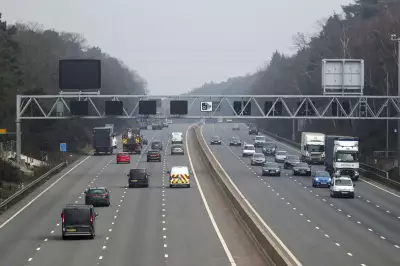
When I set out to visit one of the UK's most notorious seaside towns, I wasn't sure what to expect. The place has been repeatedly labelled as one of the worst coastal destinations in the country, but I wanted to see the reality for myself.
First Impressions
Arriving on a grey weekday morning, the town presented a bleak picture. Many shops were boarded up, and those that remained open seemed to be clinging on for dear life. The seafront, which might once have been bustling with holidaymakers, felt eerily quiet.
The Changing Face of British Seaside Tourism
This town's decline mirrors a wider trend affecting many traditional British seaside resorts. Where families once flocked for summer holidays, now there's often just a scattering of visitors and locals trying to make ends meet.
Signs of Neglect
- Crumbling Victorian architecture that hasn't seen maintenance in decades
- Empty amusement arcades with broken neon signs
- A pier that's closed to the public due to safety concerns
Glimmers of Hope
Despite the obvious challenges, I did find some positive signs. A handful of independent businesses are trying to reinvent the town's image, with trendy cafes and vintage shops opening in unlikely locations. Local artists have begun using the empty spaces for pop-up exhibitions.
The Human Cost
Speaking to residents revealed the personal impact of the town's decline. Many spoke of better times, when the summer season brought reliable income. Now, seasonal work is scarce and year-round employment even harder to find.
As I left, I couldn't help but wonder if this was simply the inevitable fate of traditional seaside towns in modern Britain, or if with the right investment and vision, places like this could find a new lease of life.





